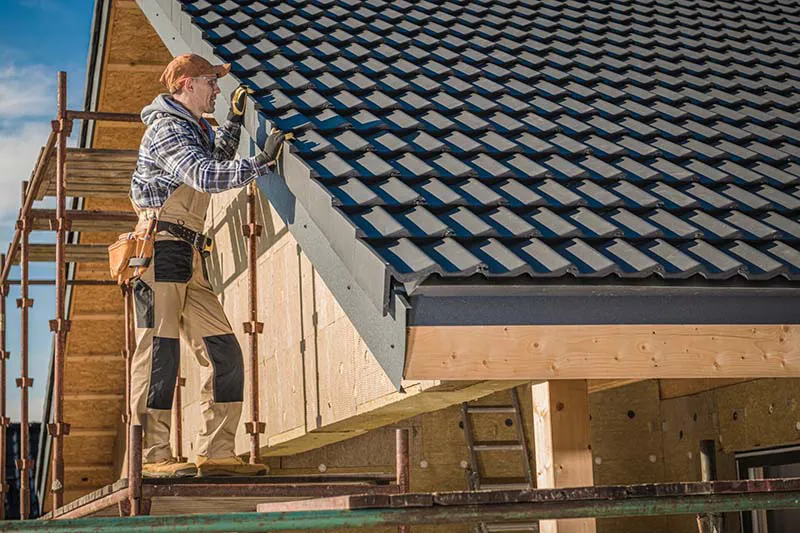Roofing issues can be a significant concern for homeowners and building managers. Among the most common problems are roof leaks and condensation. Both can lead to water damage, but they have different causes and require different solutions. Understanding the distinction between the two is crucial for maintaining the integrity of your roof and the safety of your property.
Recognizing the Signs of Condensation
Condensation occurs when moisture-laden air comes into contact with a colder surface, causing the moisture to condense into water droplets. This phenomenon is frequently observed on windows, especially during colder months. However, condensation can also form in other areas of a home, leading some to mistake it for a roof leak.
- Location Matters: If you notice moisture in areas where there’s typically a lot of humidity, such as bathrooms or kitchens, it’s likely condensation. Other common spots include light fixtures, vents, windows, and skylights
- Temperature Differences: Condensation is more prevalent in areas where there’s a significant temperature difference between the inside and outside. For instance, during winter, the warm interior air can condense when it meets the cold surface of a window.
Identifying Roof Leaks
While condensation is generally less harmful, roof leaks can cause severe damage if not addressed promptly. Recognizing the signs of a roof leak is essential for timely intervention.
- Unusual Moisture Spots: If you observe moisture in areas where it shouldn’t be, especially if it’s directly below the roof, it might indicate a leak.
- Visual Inspection: Regularly inspecting your property from the ground can help identify potential roofing issues. Look for missing shingles, cracks, or other signs of damage. However, avoid climbing onto the roof unless you have the necessary expertise and safety equipment.
- Attic Checks: On a sunny day, venture into your attic and look for sunlight seeping through the roof. If light can penetrate, so can water. This is a clear sign of a roof leak and requires immediate attention.
Taking the Right Action
Once you’ve identified the source of the moisture, it’s essential to take appropriate measures.
- Addressing Condensation: While not as damaging as roof leaks, prolonged condensation can still lead to water damage. Enhancing insulation and ventilation can help reduce condensation. Regularly check areas prone to condensation and take preventive measures.
- Handling Roof Leaks: If you suspect a roof leak, it’s crucial to consult professionals. At The Roofing Center, our team of experts is equipped to handle all roofing service in Salt Lake City. Whether it’s a minor leak or a significant repair, we ensure top-notch service and lasting solutions.
Conclusion
Differentiating between roof leaks and condensation is vital for the longevity of your property. While both can lead to water damage, understanding their causes and signs can help in timely intervention. For homeowners in Salt Lake City, roofing issues need not be a concern. With The Roofing Center, you have a reliable roofer in Salt Lake City, ready to address all your roofing needs. Whether it’s regular maintenance, repairs, or consultations, trust us to deliver excellence every time.







